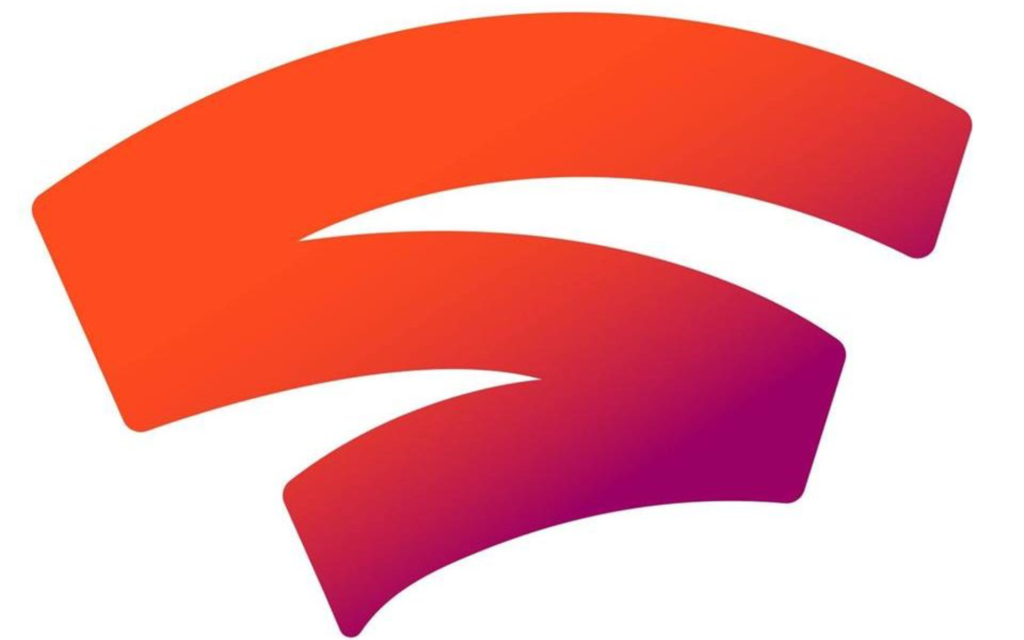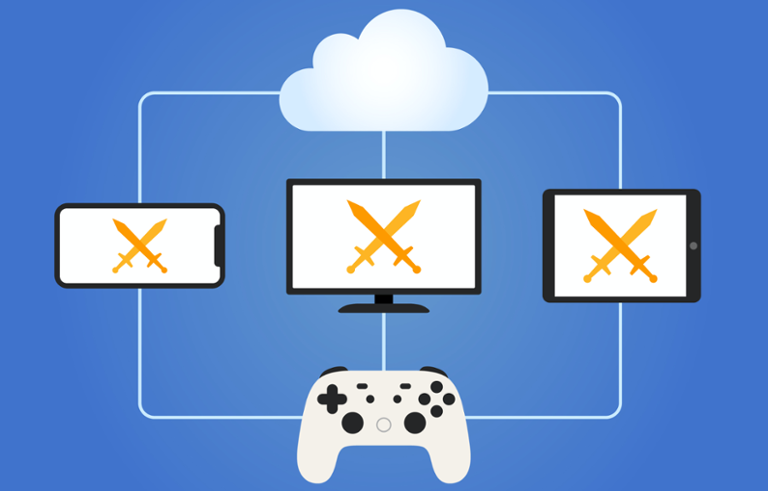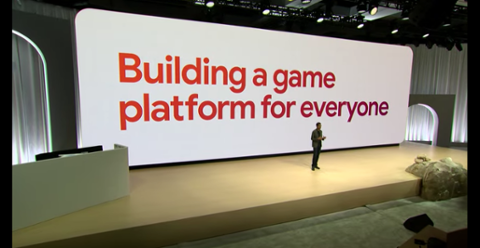Google Stadia is an interesting concept. Console or PC-level gaming without hardware, all done via a browser... what’s not to like? But one feature, negative latency, has some eyebrows furrowed. Here’s what it means, and why it’s necessary.
Negative Latency, in Stadia-speak, refers to a suite of tooling that eliminates lag while gaming. As you can imagine, console-less gaming means a player’s internet connection will have to be stellar at all times, and their ability to link to a Google server seamless. “Owning and operating the largest internet backbone in the world gives Google a large enough footprint of data centers to ensure each user is close to a Google server, further reducing the risk of latency,” suggests Grant Kirkwood, CTO of cloud services provider Unitas Global.
“Ultimately, we think in a year or two we’ll have games that are running faster and feel more responsive in the cloud than they do locally,” Google VP of engineering Madj Bakar tells Edge Magazine (via PCGamesN), “regardless of how powerful the local machine is.”

But how? Google’s homegrown streaming tech, which we first saw as “Project Stream” alongside Stadia, will include something called “negative latency,” which sounds impressive. In practice, it’s all a means to eliminate the frustrations that come with lag. The plan is to run games at a high FPS (frames per second) rate, which sounds counterintuitive to lag, but it helps on the user’s end. If Stadia servers detect lag because of a wonky connection, increasing the framerate reduces the risk of a game visibly stalling. More frames coming down the pipe means less risk of stutter.
“On typical video streaming services like Netflix, browsers are working to buffer the HD video ahead of what the viewer is actually seeing to smooth out any irregularities in connectivity,” Kirkwood says. “This buffering technique isn't easily transferable to the world of gaming. When streaming HD games in real-time, the visuals cannot lag behind user actions.”
A second, and much more incendiary concept to gamers, is predictive input. If extreme framerates don’t work, or can’t happen, Stadia may try to predict what you would do while your connection lags. While it’s unclear what steps Stadia may take to “predict” input, it’s possible the game may do things like eliminate random enemies, or keep you from crashing in a race. Google hasn’t divulged much on this front.
Kotaku points out predictive models exist, writing: “The GGPO rollback netcode that was built by the EVO fighting game championship creators predicts and simulates frames before they happen, rolling the game back to the most recently accurate state if the predictions are wrong.” So it’s possible Stadia games may, during times of lag, create several possible models for your next move(s), letting you follow the path designated by your actual move. Sort of like a choose-your-own-adventure game, except there are no wrong choices.
It’s hard to know precisely what Google will do to implement its negative latency model, but our bet is all the aforementioned tidbits play a role. Google will likely bump the framerate in an attempt to avoid lag, and use a predictive model as a failsafe, then settle everything once your button presses register on its servers. Google can only control what it’s responsible for, but mitigating damage on what it can’t (specifically, a user’s internet connection) will prove critical to Stadia’s success.



